A131CPM: Concrete Properties, Testing & Installation in Construction
VerifiedAdded on 2023/06/13
|10
|543
|311
Report
AI Summary
This report provides a detailed analysis of concrete as a building material, covering its manufacturing processes, on-site installation, and testing methods to verify quality and conformance with relevant codes like BCA structural safety and SCDF fire safety. It discusses the advantages and disadvantages of using concrete in commercial building projects, considering material properties as a crucial factor in material selection. The on-site installation processes include placing, compacting, and curing to ensure the desired strength and qualities. Tests on fresh concrete determine workability, consistency, density, and air content, while tests on hardened concrete assess its behavior under service conditions, including physical, mechanical, and durability aspects. The report also includes plans and elevations indicating the location of selected materials in a building design. Desklib provides a platform for students to access this and other solved assignments and past papers.
1 out of 10
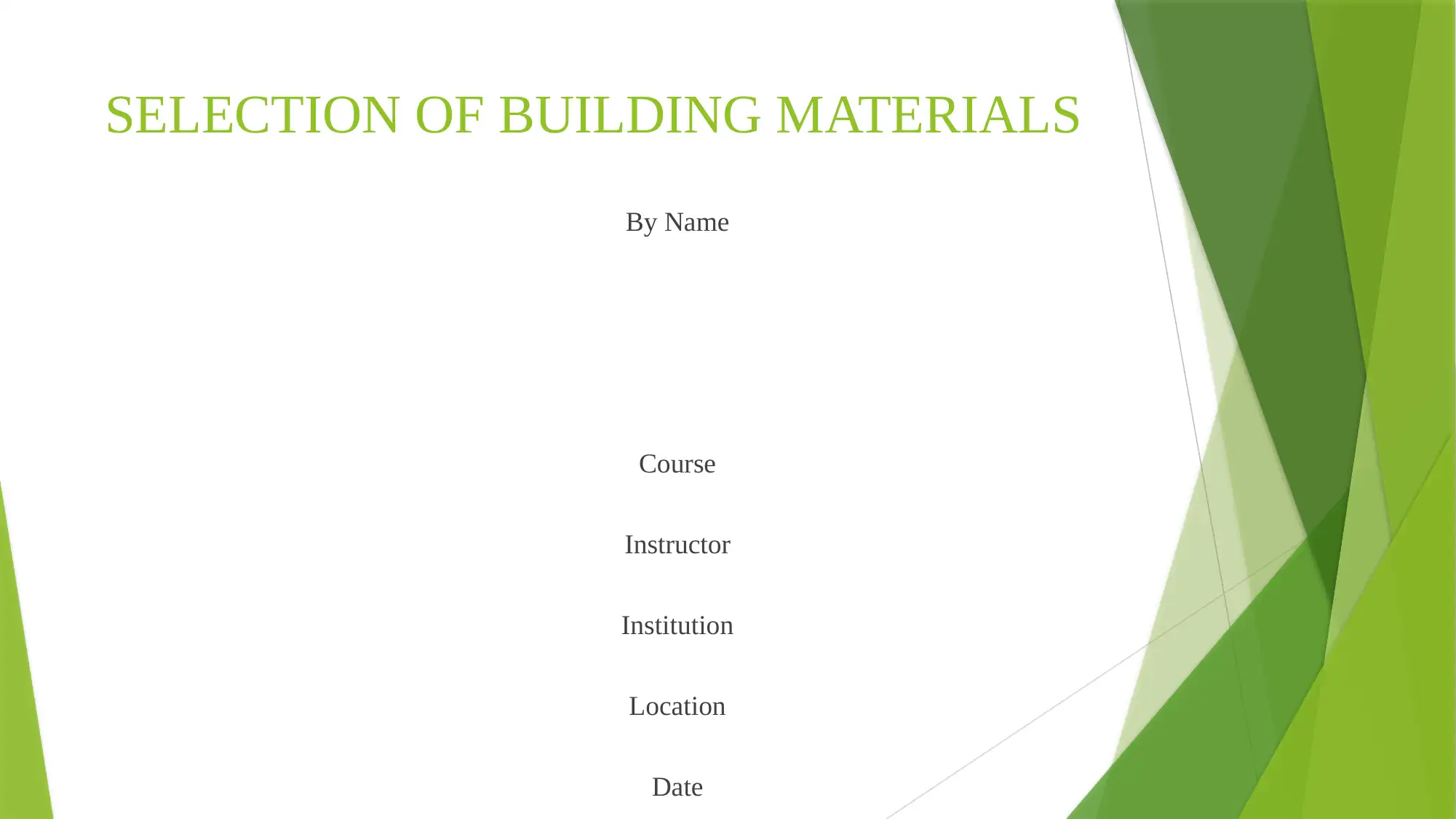
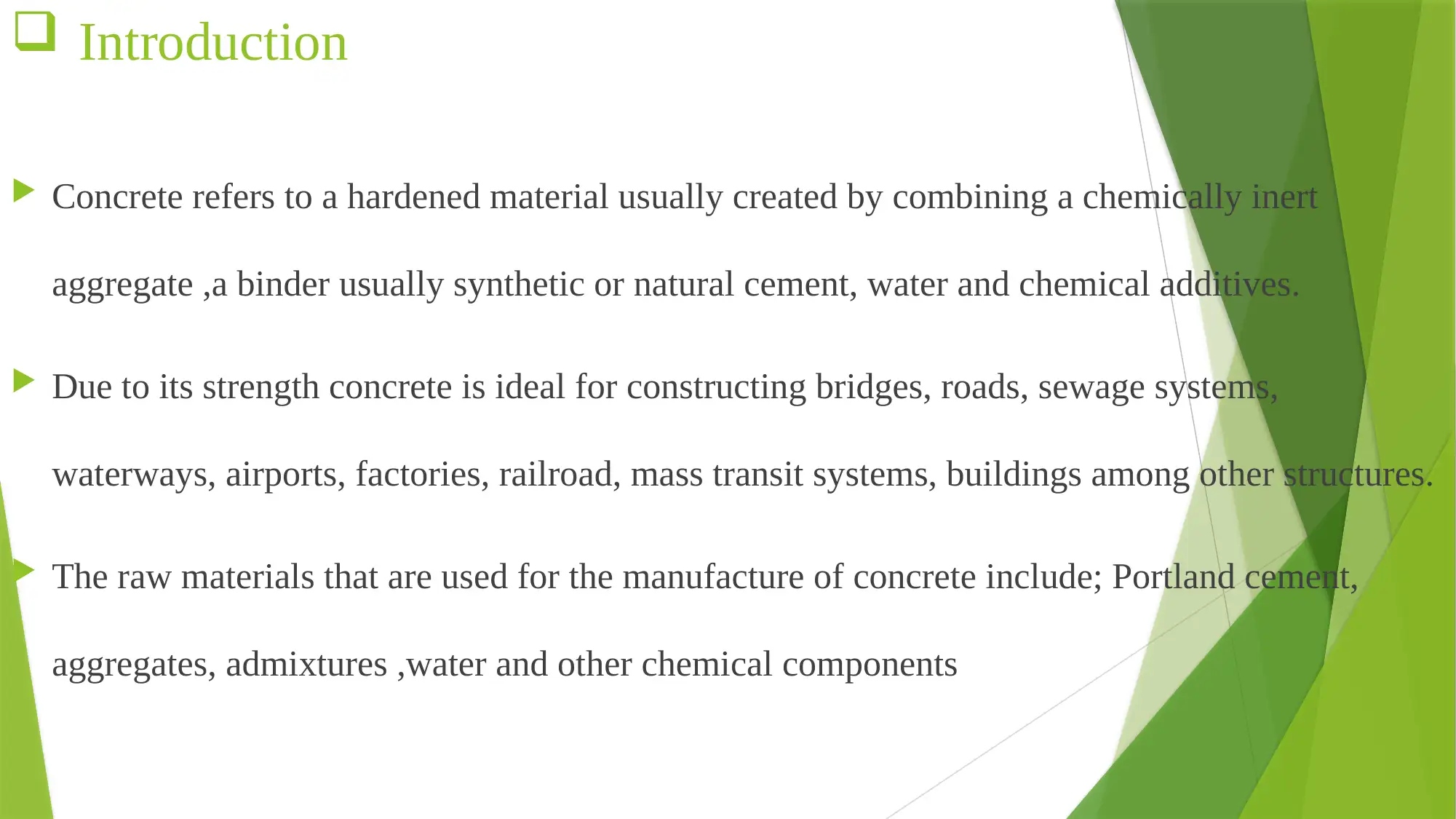
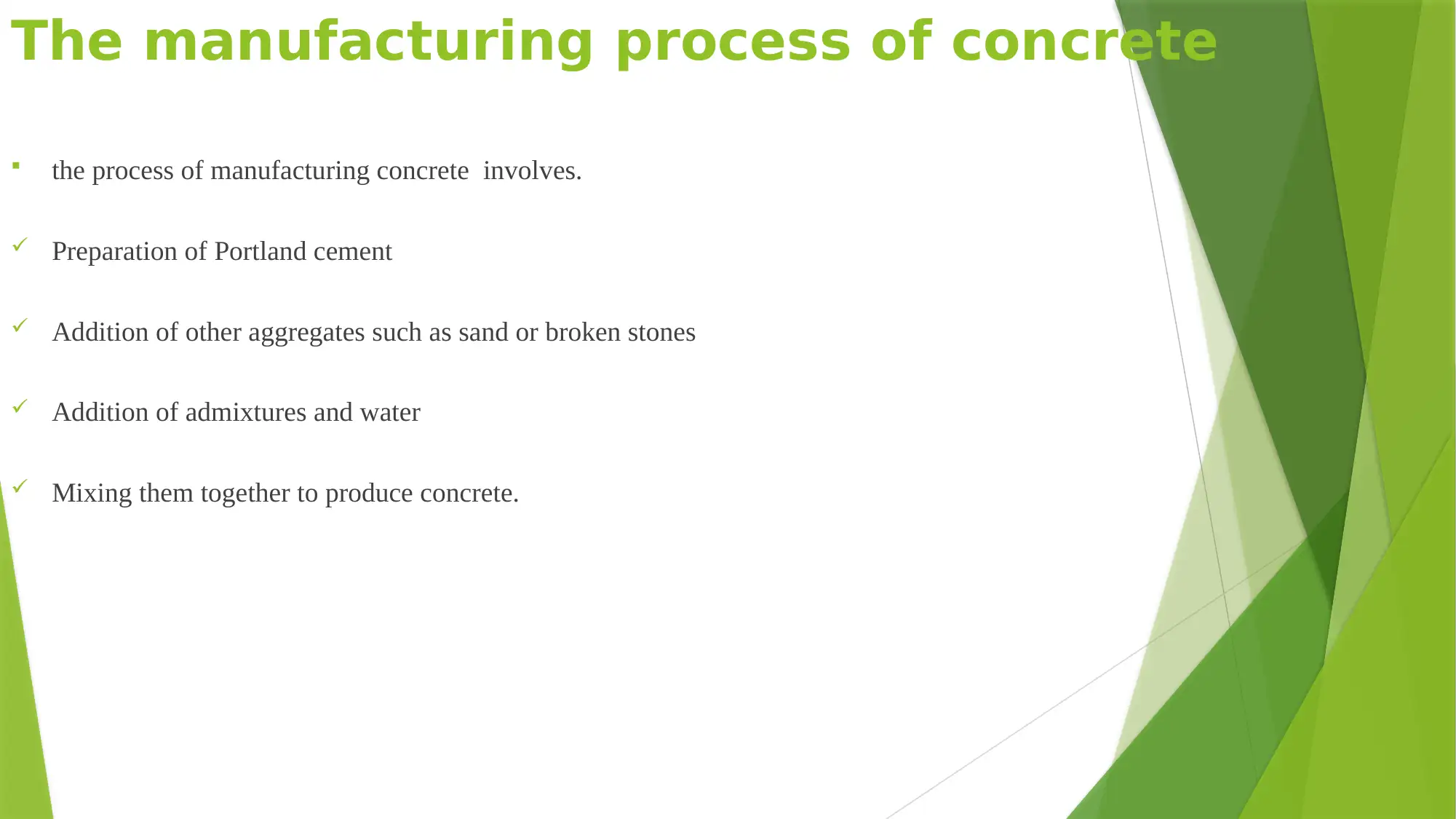




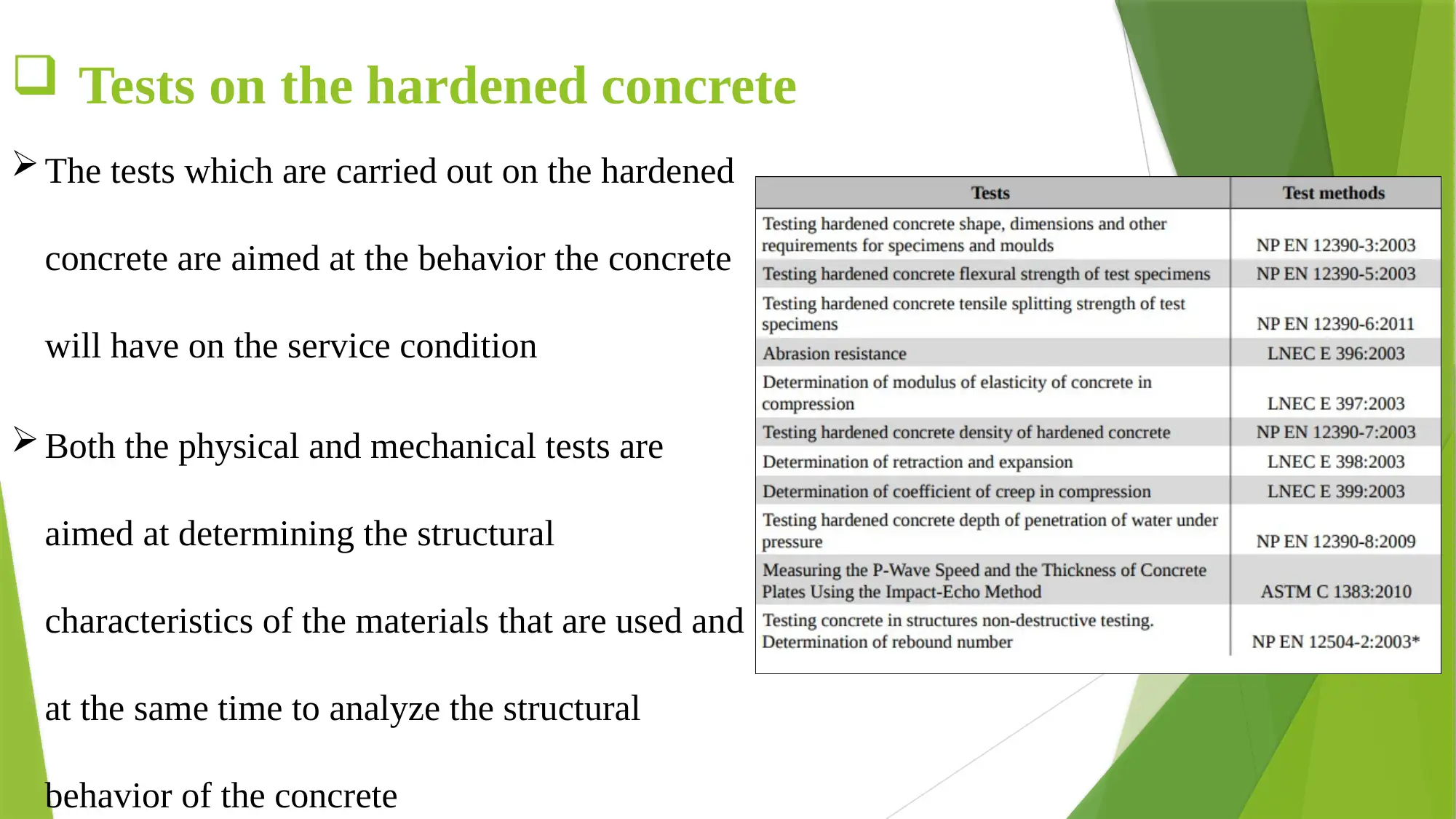

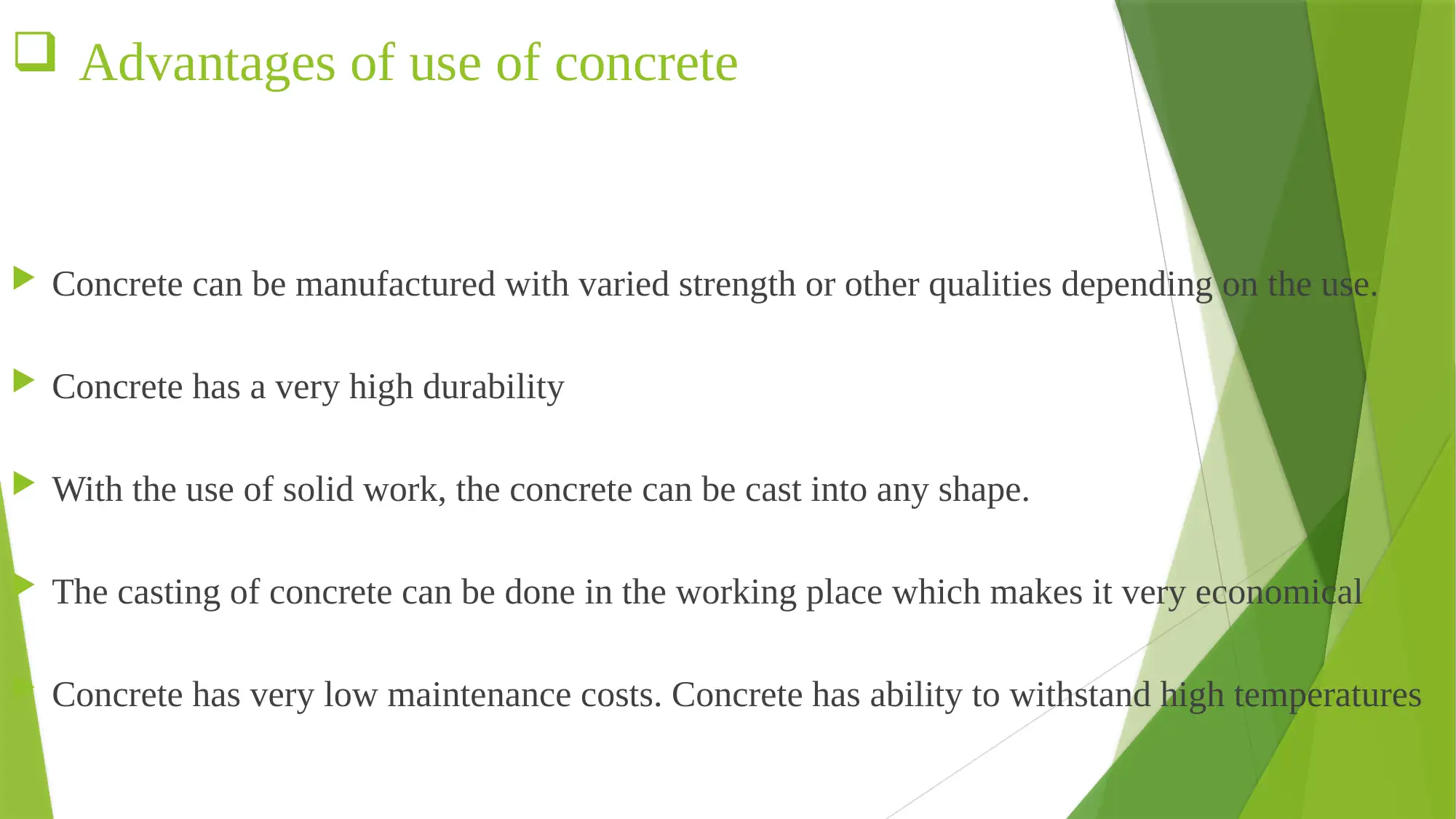
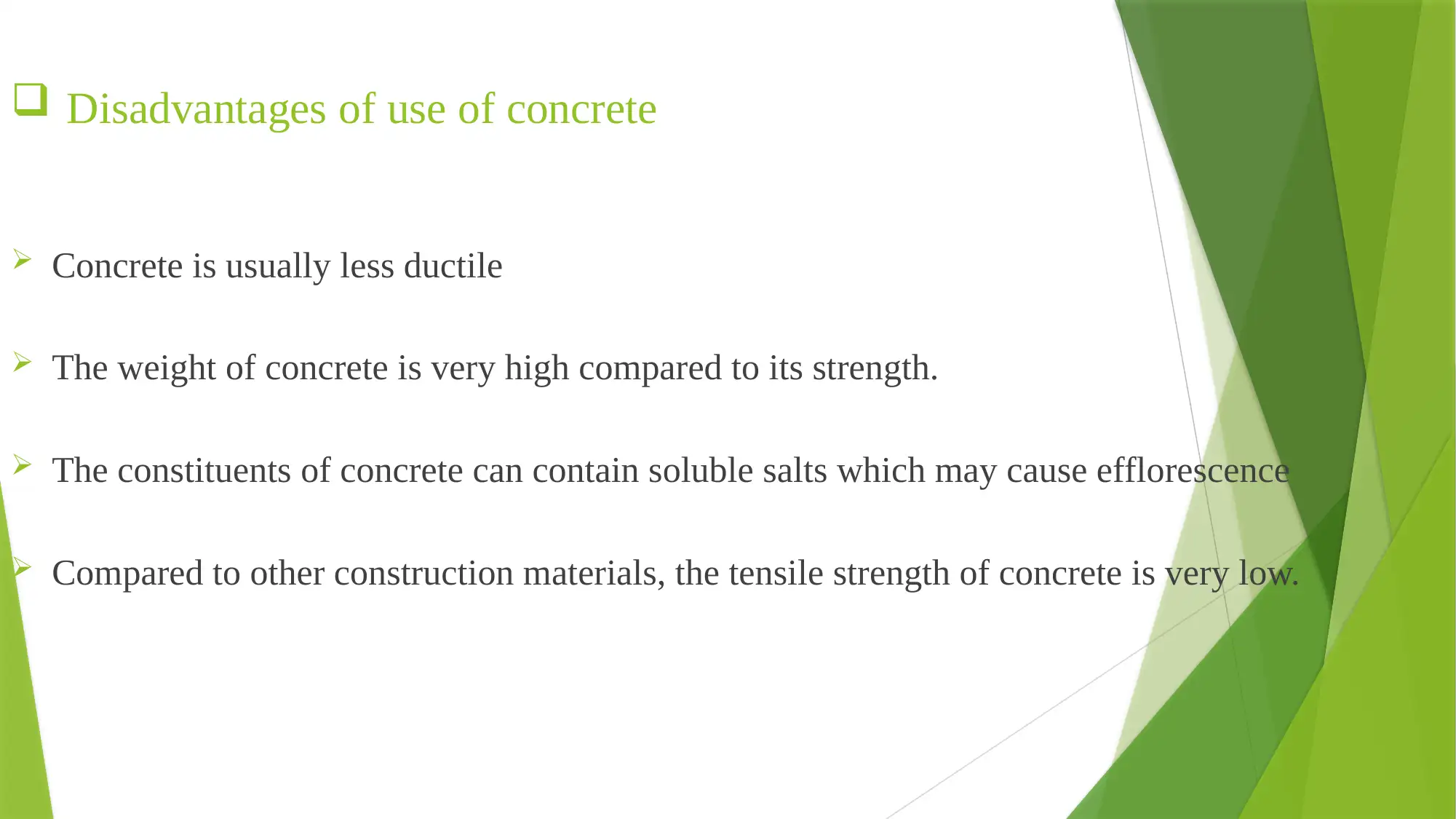






![[object Object]](/_next/static/media/star-bottom.7253800d.svg)